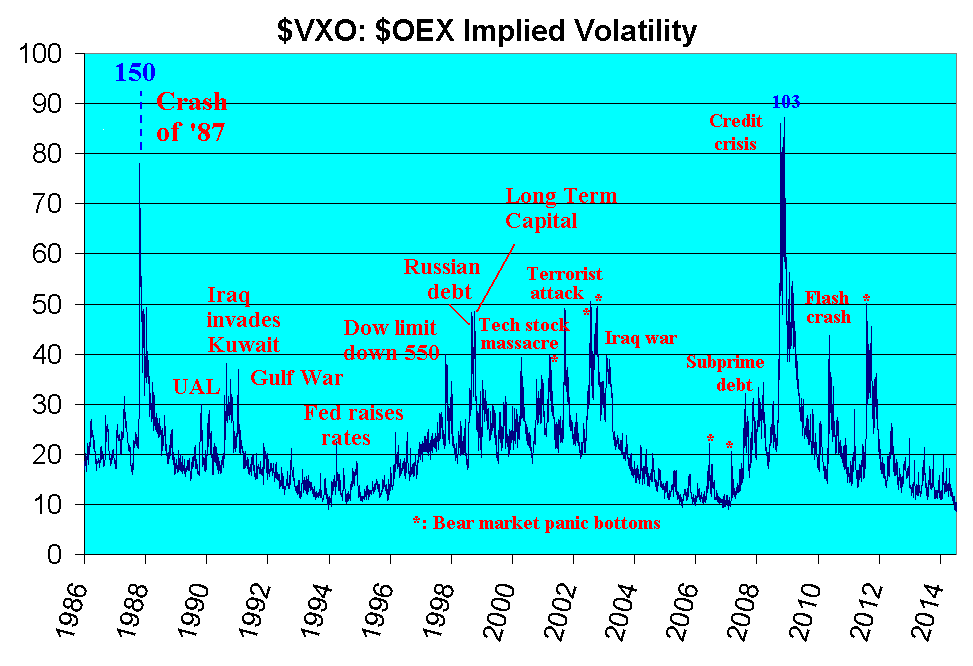Ends Jan 8, 2026.

By Lawrence G. McMillan
We have written many articles in the past about how to hedge a portfolio with $VIX options, but in this article we are going to expand the discussion somewhat. Not only are there more products than mere $VIX options, but the concepts of hedging with volatility options extends beyond mere portfolio protection into quasi-arbitrage strategies and then into more creative speculative (but still hedged) strategies.
In this article, we are going to look at a wide array of these approaches, in an attempt to give the reader the wherewithal to assess strategies on his own. As usual, we will rely heavily on profit graphs when evaluating strategies – relying on that approach more than on a theoretical one.
All volatility hedging strategies rely on the fact that volatility moves in an inverse manner to stocks, especially when the moves are large. This inverse relationship is not perfect, which introduces an element of “tracking risk” into all of the strategies that we are going to discuss. But the essential philosophy is sound.

Consider Figure 1, which shows the entire history of the “old $VIX” (symbol: $VXO), which is the longest-term volatility indcx history that is available. When (the “old)” $VIX was created in 1993, the CBOE backdated the calculations to the beginning of 1986, just so they could show what happened in the Crash of ‘87.
It should be noted that $VIX and $VXO (“new” and “old” $VIX) behave in a very similar fashion, usually differing by only small amounts.
Several things are apparent from Figure 1. One is that during times of market panic, volatility explodes to the upside...
Read the full article (to be published on 7/11/14) by subscribing to The Option Strategist Newsletter today. Introductory 3 month trial subscriptions are available for only $29.
© 2023 The Option Strategist | McMillan Analysis Corporation

